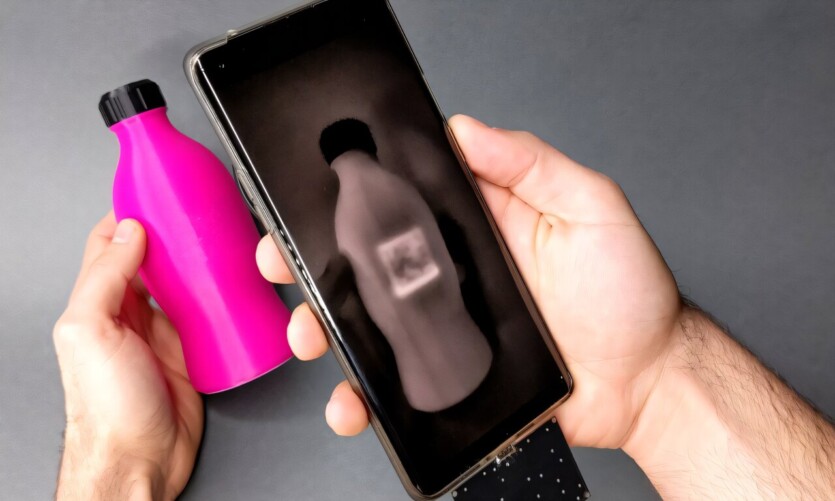
Researchers from the Universidad Carlos III de Madrid (UC3M), the Massachusetts Institute of Technology (MIT), and Adobe Research have presented Imprinto, an app for embedding invisible digital information in printed documents and objects.
The technology uses infrared ink invisible to the human eye and a special camera to recognize it. The application was developed to provide enhanced interaction with physical documents without the need to change their appearance.
«Imprinto uses infrared ink that is invisible to the human eye but detected by a near-infrared camera, such as those that can be built into mobile devices by simply modifying the photo sensor», — explains one of the authors of the development, Raul Garcia Martin from the UC3M Department of Electronic Technology.
This technology promises to new opportunities for product tracking and document authentication. It does not require the use of QR codes and does not need to add external devices to the document.
In addition, scientists have developed is a portable camera that connects via USB-C to any mobile device and allows you to observe blood vessels under the skin to simplify medical procedures. In addition, the camera can perform biometric recognition based on the vascular pattern of the palm of the hand using artificial intelligence algorithms.
«The system, called VeinGoOne, is designed to analyze images acquired in real time, allowing not only two-dimensional visualization but also three-dimensional reconstruction of the depth of veins using methods such as stereoscopy or microscopy», — explains Raul Garcia Martin.
Another development of Spanish researchers is the BrightMarker system, which allows embedding invisible codes in 3D objects using fluorescent polymers. This makes it possible to print documents with hidden digital tags without changing the appearance of the object. This can be used for labeling industrial goods, in complex logistics systems, or in virtual reality environments.
The researchers note that the developments are part of a larger plan to replace smartphones with augmented reality glasses or contact lenses that can recognize and interpret the environment.
The results of the study are published in the journal ACM
Source: TechXplore

Spelling error report
The following text will be sent to our editors: